This crab-like robot may look creepy, but it’s becoming a playground for people who want to explore robotics—even if they don’t have the cash or engineering skills.
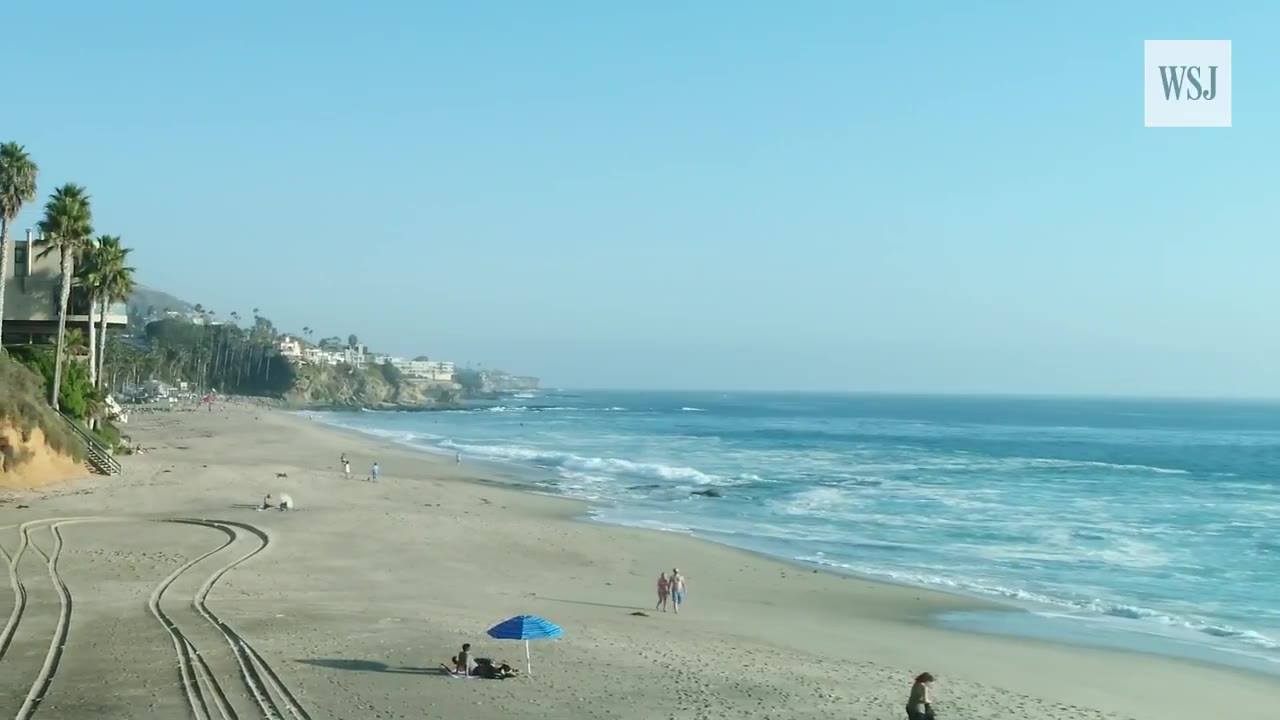

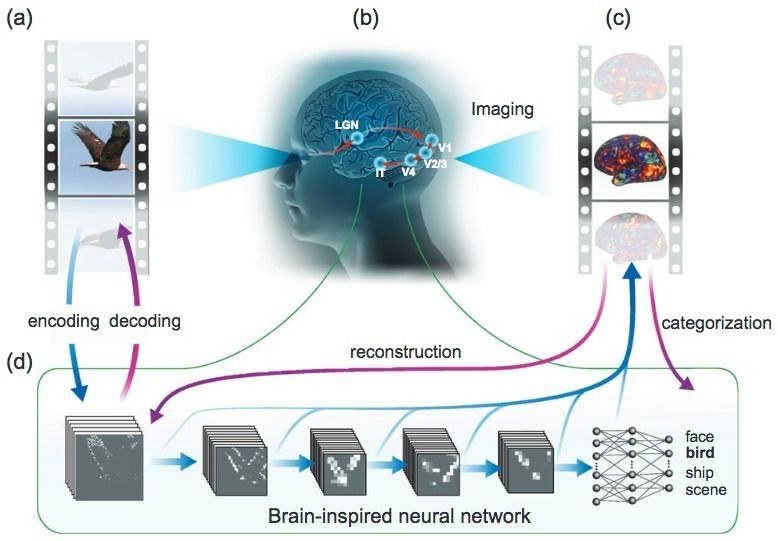
Purdue Engineering researchers have developed a system that can show what people are seeing in real-world videos, decoded from their fMRI brain scans — an advanced new form of “mind-reading” technology that could lead to new insights in brain function and to advanced AI systems.
The research builds on previous pioneering research at UC Berkeley’s Gallant Lab, which created a computer program in 2011 that translated fMRI brain-wave patterns into images that loosely mirrored a series of images being viewed.
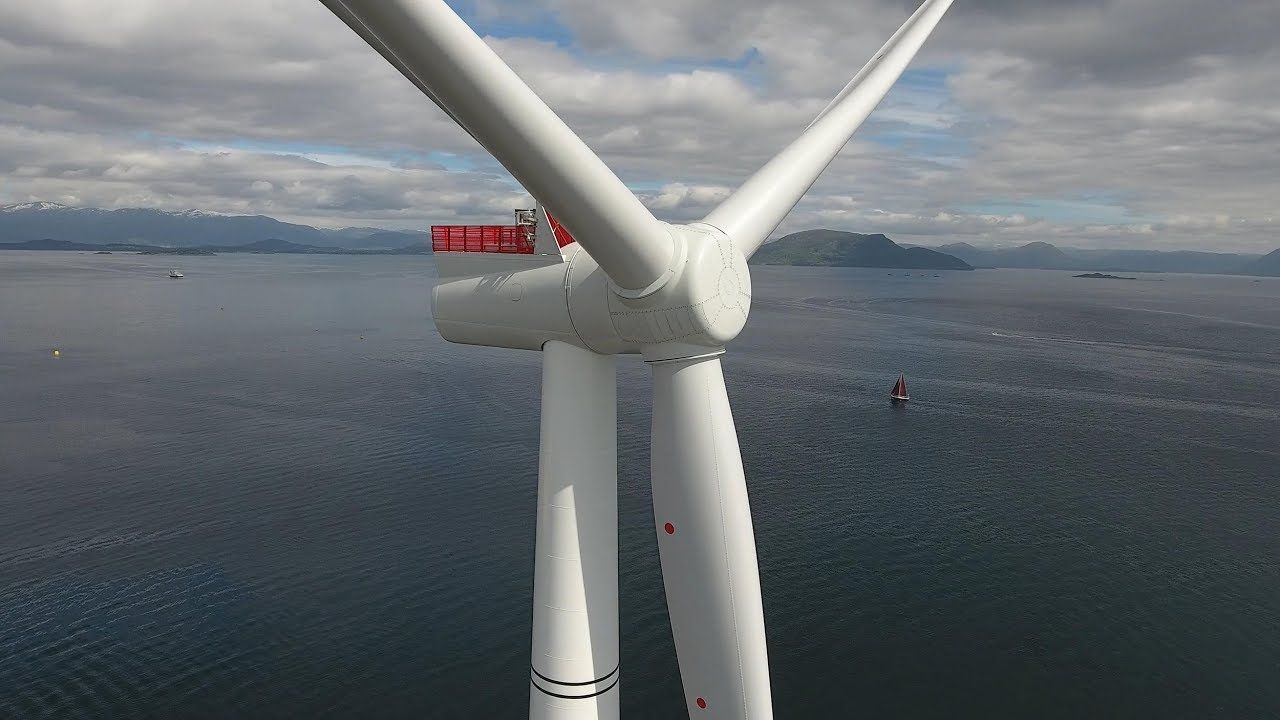
Last week saw the launch of the world’s first floating offshore wind farm. Located in the North Sea off the coast of Peterhead, Scotland, the wind farm consists of five enormous horizontal-axis turbines that together can generate 30 megawatts of electricity. That’s enough to power about 20,000 homes.
The wind farm is called Hywind, and it’s been in the making for over 15 years, spearheaded by Norwegian energy firm Statoil. Key facts about the turbines and their location include:
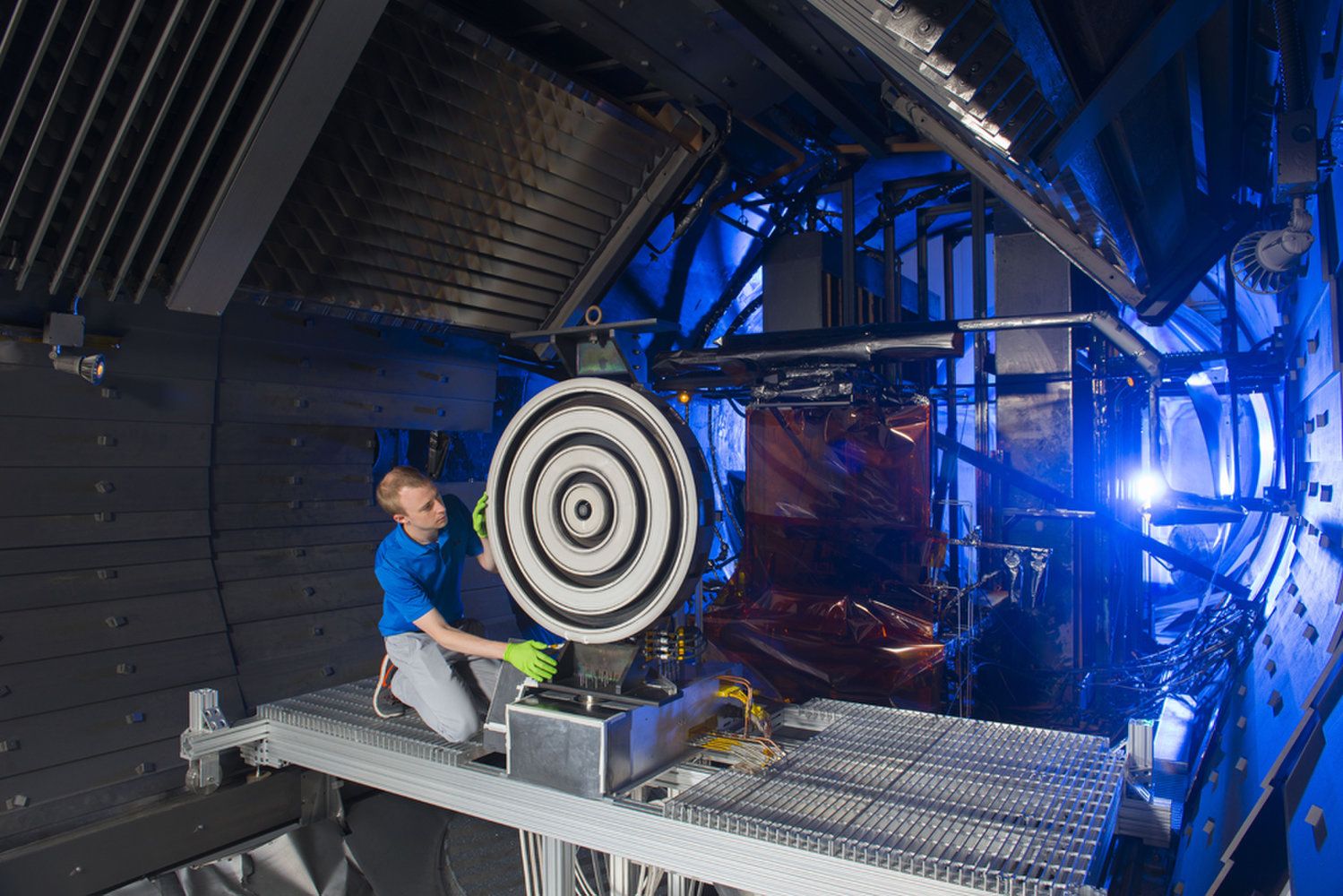
A thruster that’s being developed for a future NASA mission to Mars broke several records during recent tests, suggesting that the technology is on track to take humans to the Red Planet within the next 20 years, project team members said.
The X3 thruster, which was designed by researchers at the University of Michigan in cooperation with NASA and the U.S. Air Force, is a Hall thruster — a system that propels spacecraft by accelerating a stream of electrically charged atoms, known as ions. In the recent demonstration conducted at NASA’s Glenn Research Center in Ohio, the X3 broke records for the maximum power output, thrust and operating current achieved by a Hall thruster to date, according to the research team at the University of Michigan and representatives from NASA.
“We have shown that X3 can operate at over 100 kW of power,” said Alec Gallimore, who is leading the project, in an interview with Space.com. “It operated at a huge range of power from 5 kW to 102 kW, with electrical current of up to 260 amperes. It generated 5.4 Newtons of thrust, which is the highest level of thrust achieved by any plasma thruster to date,” added Gallimore, who is dean of engineering at the University of Michigan. The previous record was 3.3 Newtons, according to the school.
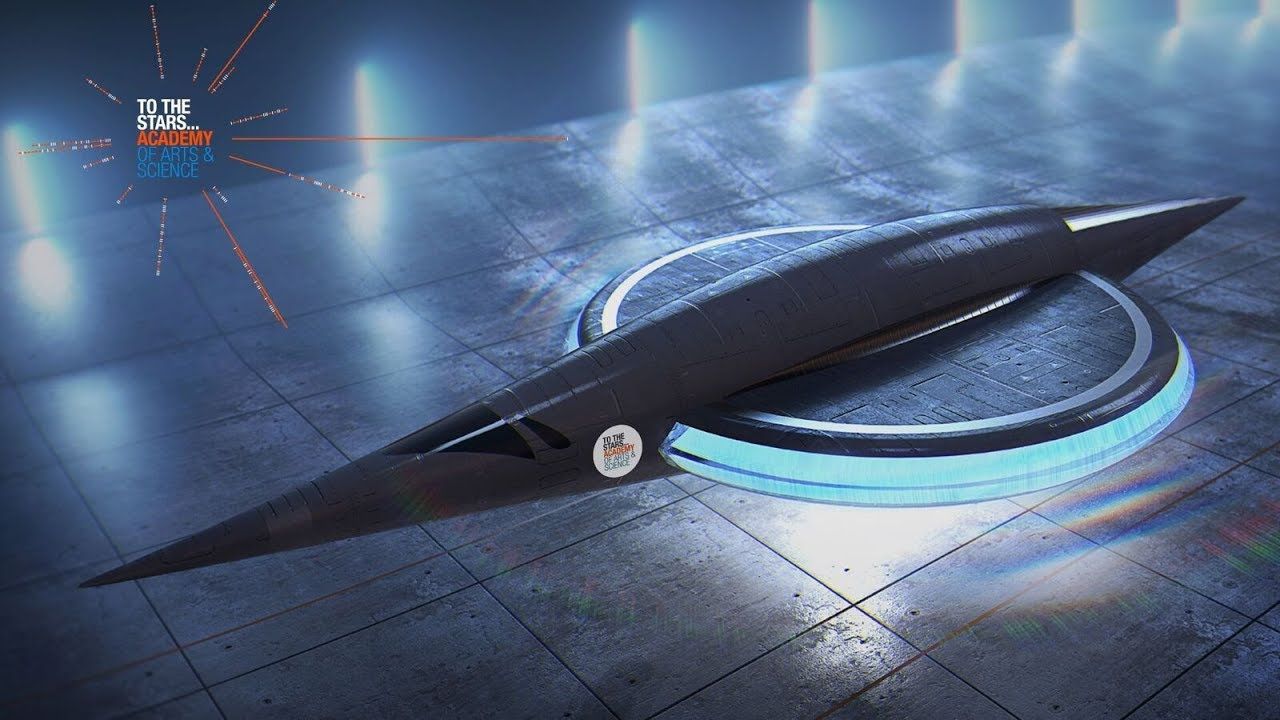
https://www.youtube.com/watch?v=tUOu9RpzwJI
Has mobilized a team of the most experienced, connected and passionately curious minds from the US intelligence community, including the CIA and Department of Defense, that have been operating under the shadows of top-secrecy for decades.
Tom Delonge and the team members all share a common thread of frustration and determination to disrupt the status quo and want to use their expertise and credibility to bring transformative science and engineering out of the shadows and collaborate with global citizens to apply that knowledge in a way that benefits humanity.
ToTheStarsAcademy.com
Watch and hear about how we plan to bring transformative science and engineering to global citizens and support breakthrough research, discovery and innovation that can benefit humanity.
Including:
Chris Mellon: FMR Deputy Asst Secretary of Defense for Intelligence.
Jim Semivan: FMR Sr. Intelligence Service, CIA’s Directorate of Operations.
Dr. Hal Puthoff: Director of DOD/CIA/DIA Scientific Research Programs
Steve Justice: FMR Advanced Systems Director for Lockheed Martin’s “Skunk Works”
Luis Elizondo: FMR Director of Programs to Investigate Unidentified Aerial Threats, USG
Get more info at www.ToTheStarsAcademy.com and read the Offering Circular at https://dpo.tothestarsacademy.com/#offering-circular
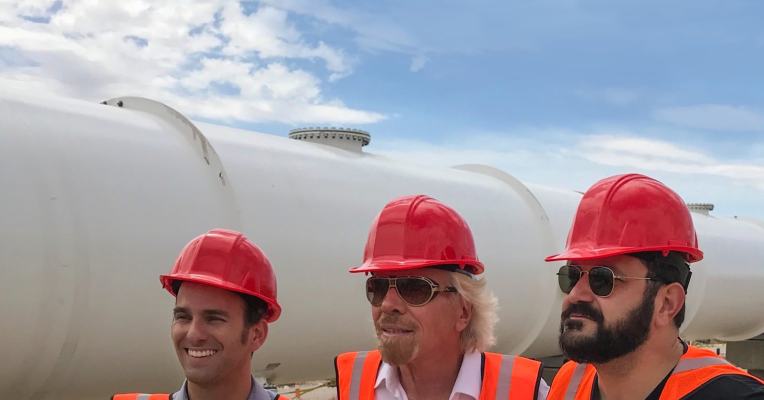
Hyperloop One has received a significant investment in Hyperloop One — the official figure hasn’t been revealed, but it’s enough that the Hyperloop tech startup, which aims to create networks of high-speed transportation tunnels to various locales across the globe, has changed its name. Virgin Hyperloop One is the entity’s official moniker going forward, which is quite a mouthful.
Virgin Hyperloop One’s rebrand will mean it gains from association with Virgin Group founder Richard Branson, whose high-tech transportation exploits include Virgin Galactic and other space-based ventures. The goal of the company under the rebrand remains the same, and it’ll continue to explore the best places and partners for deploying its high-speed transportation tech, which will zoom pods at high speed down extremely low-pressure tubes to reduce trip times over land from hours to minutes.
The money isn’t the only connection between Hyperloop One and Virgin; the Hyperloop company’s president of engineering, Josh Giegel, is a former Virgin employee. Branson noted in a blog post that he also visited Hyperloop One earlier this summer to view its technology first-hand, at the Hyperloop One DevLoop test track site in Nevada, outside Las Vegas.
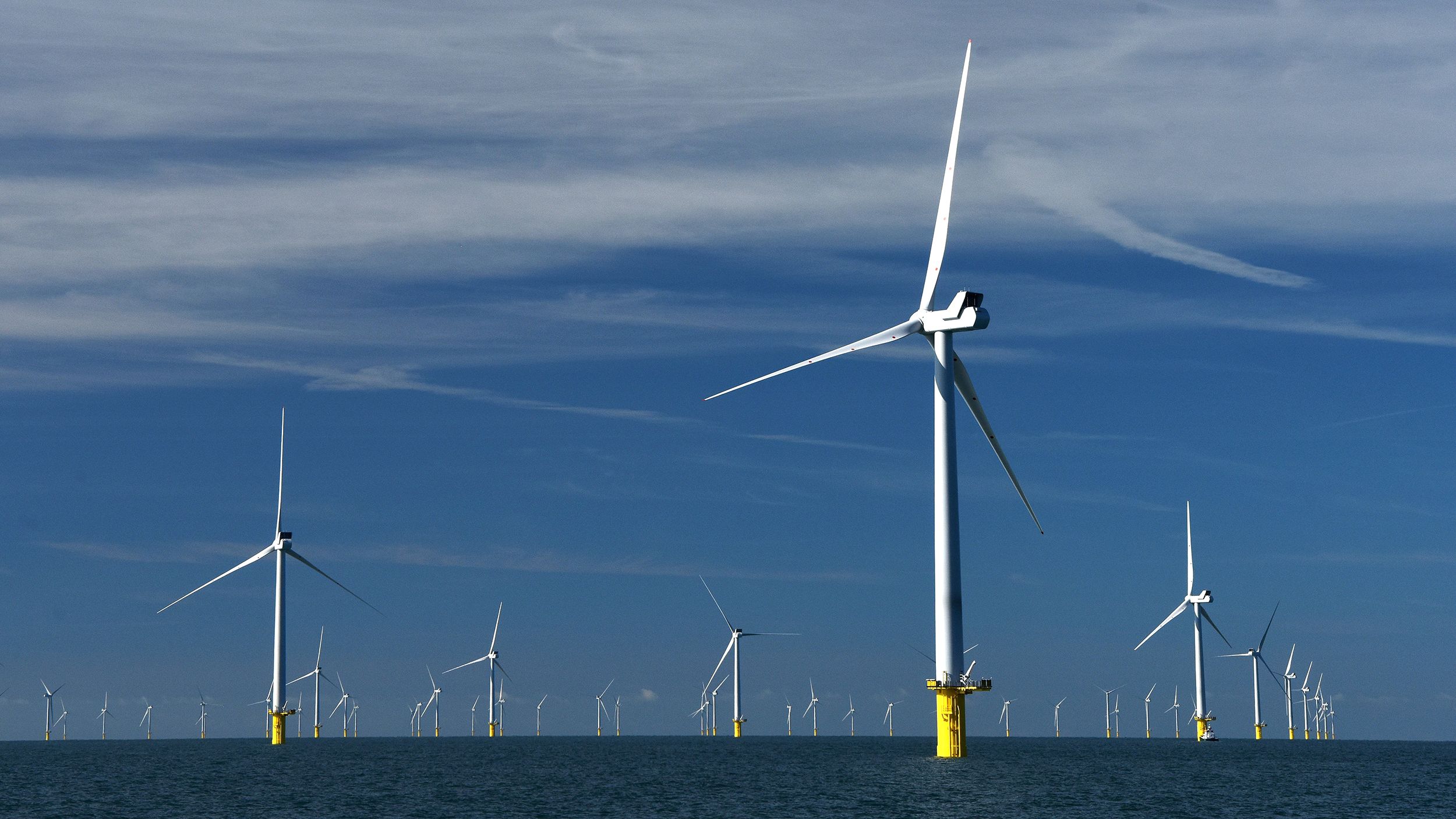
The Carnegie scientists, Anna Possner and Ken Caldeira, suspected that drag like this might be far lower over water than over land, particularly in mid-latitude oceans in both the Northern and Southern hemispheres. Why might that be? As Earth tilts away from the sun each autumn, jet stream-like rivers of air form high in the atmosphere. Over the open ocean, storms pull these strong winds down near the planet’s surface, replenishing the wind energy captured by turbines.
The effect might sound small, but it adds up. The scientists calculate that a wind farm in the middle of the North Atlantic would generate at least twice as much energy — and perhaps three times as much — as an identical wind farm in Kansas, itself one of the windiest states in the U.S. A wind farm roughly twice the size of Alaska could generate 18 million megawatts of electricity. That’s enough to meet the entire global demand today.
There are big practical challenges to building such a farm, including coping with extreme mid-ocean weather and transmitting the power back to shore. And by harvesting so much wind in the North Atlantic, a giant wind farm would reduce the output of onshore wind turbines in the U.K. and Western Europe — and reduce temperatures in the Arctic by more than 20 degrees. This might sound attractive at a time when polar ice is melting, but scientists worry about the unforeseen consequences of such geoengineering.

As we age, the thymus begins to shrink, and fewer numbers of T cells are created and trained to fight. This structural decay of the thymus is one of the main reasons why we become increasingly vulnerable to infectious diseases, such as influenza and pneumonia. The other reason is immune cells becoming senescent.
There are a number of possible solutions to this problem. Firstly, engineering new healthy and youthful thymic tissue might help to restore the immune system, and indeed a number of groups are working towards this.
Secondly, some researchers are focused on encouraging the aged thymus to regrow using various approaches, such as stem cell transplants, cellular reprogramming or chemical compounds. Dr. Greg Fahy is involved in researching this second approach, and we had the opportunity to speak to him about this work.
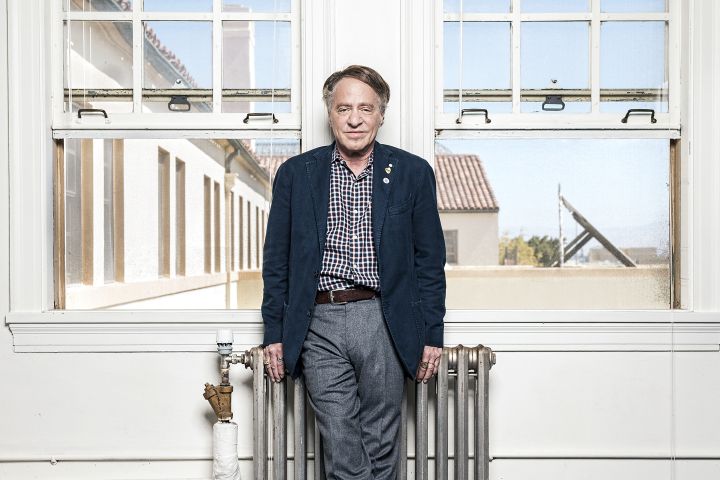
Innovation will do more good than harm, he says.
You know a topic is trending when the likes of Tesla’s Elon Musk and Facebook’s Mark Zuckerberg publicly bicker about its potential risks and rewards. In this case, Musk says he fears artificial intelligence will lead to World War III because nations will compete for A.I. superiority. Zuckerberg, meanwhile, has called such doomsday scenarios “irresponsible” and says he is optimistic about A.I.
But another tech visionary sees the future as more nuanced. Ray Kurzweil, an author and director of engineering at Google, thinks, in the long run, that A.I. will do far more good than harm. Despite some potential downsides, he welcomes the day that computers surpass human intelligence—a tipping point otherwise known as “the singularity.” That’s partly why, in 2008, he cofounded the aptly named Singularity University, an institute that focuses on world-changing technologies. We caught up with the longtime futurist to get his take on the A.I. debate and, well, to ask what the future holds for us all.
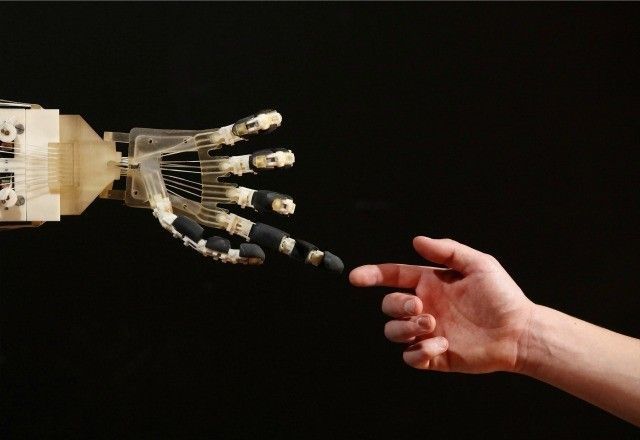
More on this #transhumanism AI religion story, w/ some of my quotes in it. This article has 5500 comments on it!
Former Google engineer Anthony Levandowski is emerging from the shadow of a self-driving lawsuit to create a robot god.
The present continues to take inspiration from science-fiction author Isaac Asimov’s visions of the future. In “The Last Question,” Asimov conceived of an artificial intelligence project known as Multivac. Its purpose was to solve for the inevitable heat death of the universe, but in the end, it becomes that answer.